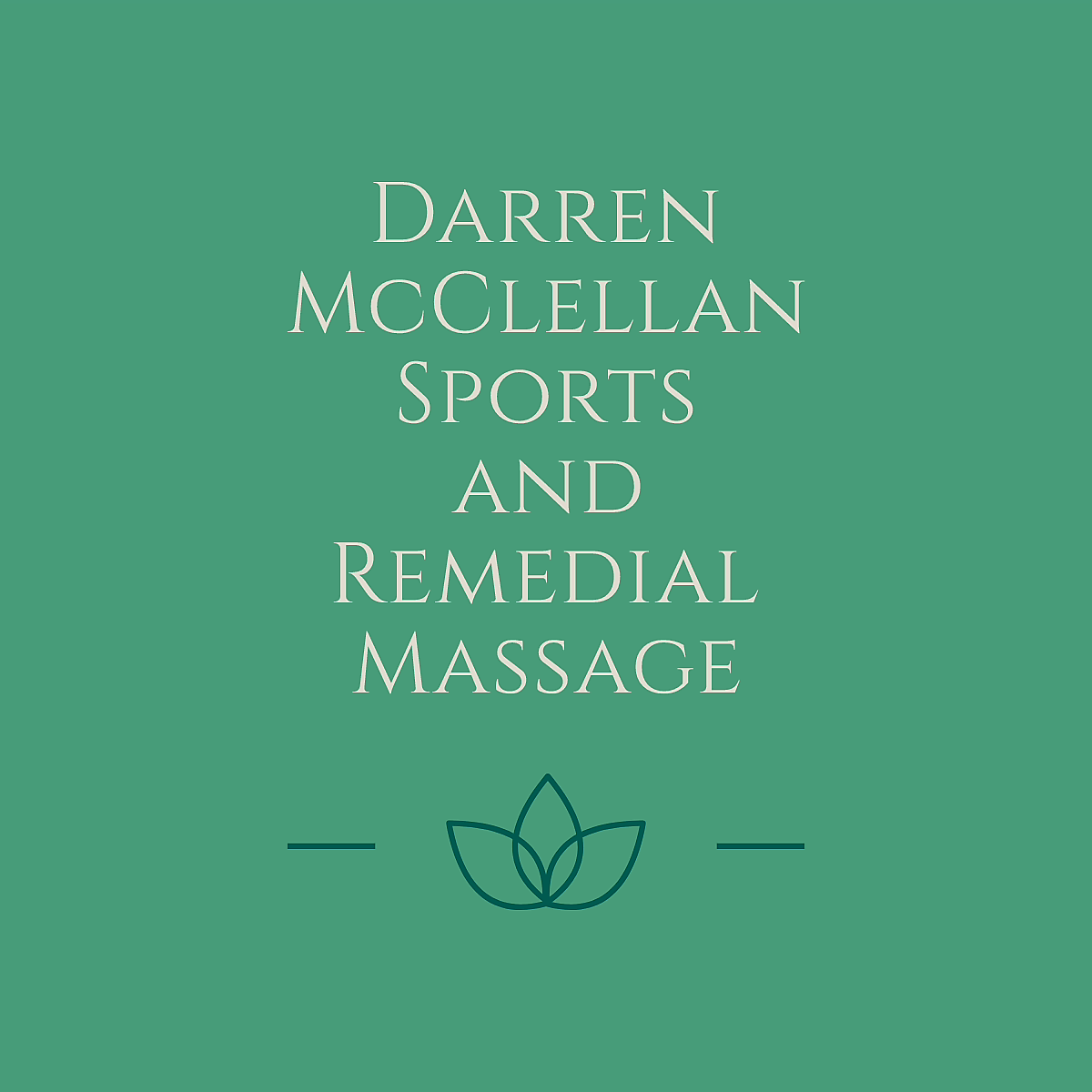The Importance of Recovery. A Runners Guide
- DM Sports and Remedial Massage

- Jun 29, 2023
- 3 min read
Updated: Jul 15, 2023

Recovery options for runners vary depending on individual preferences and needs. Here are some of the best recovery options that can benefit runners:
Rest Days:
Taking scheduled rest days is crucial for recovery. It allows your body to repair and rebuild muscles, replenish glycogen stores, and prevent overuse injuries. Rest days can involve complete inactivity or low-intensity activities like walking or gentle stretching.
Sleep:
Quality sleep is essential for recovery. Aim for 7-9 hours of uninterrupted sleep each night. During sleep, the body releases growth hormones that aid in muscle repair and recovery. Create a sleep routine that prioritises consistent bedtimes, a comfortable sleeping environment, and practices that promote relaxation before bed.
Nutrition:
Proper nutrition plays a vital role in recovery. Focus on consuming a well-balanced diet that includes lean proteins for muscle repair, complex carbohydrates for glycogen replenishment, and healthy fats for overall energy and inflammation reduction. Stay adequately hydrated to support nutrient delivery and waste removal.
Hydration:
Hydration is crucial for recovery. Drink water before, during, and after your runs to maintain optimal hydration levels. Adequate hydration supports muscle function, joint lubrication, and helps flush out metabolic waste. Consider adding electrolytes to your water for replenishing minerals lost through sweat.
Foam Rolling and Self-Myofascial Release:
Foam rolling is an effective self-massage technique that helps release muscle tension and tightness, promoting faster recovery. Use a foam roller or other self-massage tools to target specific muscle groups, rolling slowly and pausing on areas of tightness or discomfort. This practice improves blood circulation, reduces muscle soreness, and enhances flexibility.
Stretching and Mobility Exercises:
Incorporate stretching and mobility exercises into your routine to improve flexibility, range of motion, and prevent muscle imbalances. Dynamic stretching before runs and static stretching after runs can help loosen muscles and reduce the risk of injury. Additionally, performing mobility exercises specific to your problem areas can enhance joint stability and running mechanics.
Cross-Training and Active Recovery:
Engaging in low-impact cross-training activities, such as swimming, cycling, or even using an elliptical machine or rower can provide active recovery for runners. These activities increase blood flow to muscles, promote active rest, and maintain cardiovascular fitness while reducing stress on the joints.
Massage and Bodywork:
Professional massages can help relieve muscle tension, reduce inflammation, and promote relaxation. Consider scheduling regular sports massages and utilizing techniques like deep tissue massage or trigger point therapy to target specific areas of tightness or soreness.
Cold Therapy:
Cold therapy, also known as cryotherapy, involves the application of cold temperatures to the body. It is typically used for acute injuries or to reduce inflammation and pain. Cold therapy constricts blood vessels, which can help reduce swelling, numb nerve endings, and provide temporary pain relief. It is commonly used for sprains, strains, bruises, and post-surgical recovery. Cold therapy can be applied through ice packs, ice baths, or cryotherapy chambers.
Heat Therapy:
Heat therapy involves the application of heat to the body. It is commonly used for chronic conditions, muscle stiffness, and general relaxation. Heat therapy increases blood flow, relaxes muscles, and promotes healing. Heat can be applied through hot water bottles, heating pads, warm towels, or warm baths.
Active Rest and Light Movement:
On rest days or during recovery periods, engage in light activities that promote blood flow and reduce muscle stiffness. Gentle walks, yoga, or low-intensity exercises like Pilates can help maintain mobility without adding excessive stress to your body.
Remember, recovery is a personalised process, and it's essential to listen to your body's cues. Experiment with different recovery options to find what works best for you. Be consistent and prioritise recovery as an integral part of your training routine to support optimal performance and long-term running success.





Comments